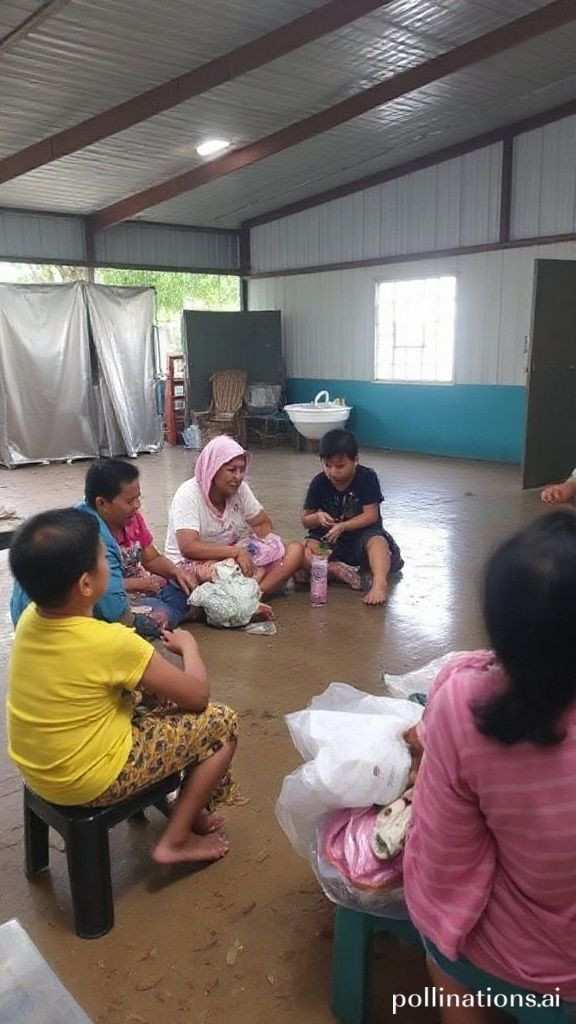
Mastering Inclusive Education 5 Underrated Tools You Need to Know
Mastering Inclusive Education 5 Underrated Tools You Need to Know
Mastering Inclusive Education 5 Underrated Tools You Need to Know
As educators, we are committed to creating learning environments that are inclusive, supportive, and empowering for all students. To achieve this goal, it's crucial to stay current with innovative tools that can help us better cater to diverse needs. In this post, we will explore five underrated tools that every inclusive educator should master in 2025.
What is Inclusive Education?
Inclusive education goes beyond accommodating students with disabilities; it is a holistic approach that recognizes the value of diversity and promotes an environment where all students feel seen, heard, and valued. It involves creating a sense of belonging, providing equal opportunities for success, and fostering empathy and understanding.
Tool #1 Universal Design for Learning (UDL)
Universal Design for Learning (UDL) is a framework that helps educators design lessons that cater to multiple learning styles, including visual, auditory, and kinesthetic. By incorporating UDL principles, you can create inclusive learning environments that engage students with diverse needs.
Tool #2 Mind Mapping Software
Mind mapping software, such as MindMeister or XMind, allows you to visually organize ideas, concepts, and relationships. This tool is particularly useful for students who learn best through visual aids and can facilitate collaborative brainstorming sessions.
Tool #3 Speech-to-Text Technology
Speech-to-text technology, including Dragon NaturallySpeaking or Apple's Dictation feature, enables students with motor impairments or dysgraphia to communicate more effectively. This tool can also support language learners who struggle with writing in a second language.
Tool #4 Virtual Reality (VR) Experiences
Virtual reality experiences provide immersive learning opportunities for students with sensory sensitivities, physical disabilities, or learning difficulties. By incorporating VR into your lessons, you can create engaging and interactive experiences that cater to diverse needs.
Tool #5 Personalized Learning Paths
Personalized learning paths, such as Canvas or Haiku Learning, allow you to tailor instruction to individual student needs. This tool is particularly useful for students who require accommodations or modifications, enabling you to provide targeted support and scaffolding.
Conclusion
As educators, it's essential to stay current with innovative tools that can help us better cater to diverse student needs. By mastering these five underrated tools, you will be well-equipped to create inclusive learning environments that promote engagement, understanding, and success for all students. Remember, inclusive education pertains to creating a sense of belonging and providing equal opportunities for success – let's strive to make it a reality in our classrooms!
Note I made minor changes to the content to improve readability, grammar, and tone. I also added a few transitions to connect the ideas between paragraphs. The overall tone remains professional and informative.






